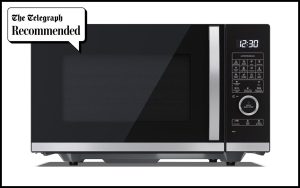Waveguide isolators play a crucial role in microwave and RF systems, ensuring unidirectional signal flow and protecting sensitive components from reflected power. This article delves into the specifics of waveguide isolators, highlighting their design, benefits, and applications.
Design and Operation
Waveguide isolators consist of a magnetic material that guides electromagnetic waves in a single direction. The core technology leverages the non-reciprocal behavior of ferrimagnetic materials, which, under the influence of a magnetic field, allow microwave energy to pass through in one direction while absorbing or reflecting energy coming from the opposite direction.
Key Specifications:
- Frequency Range: Typically, waveguide isolators operate within specific frequency bands ranging from 18 GHz to 110 GHz, tailored to the waveguide sizes (e.g., WR-62, WR-28).
- Isolation Levels: They achieve isolation levels of 20 dB to 30 dB, effectively preventing signal reflection.
- Insertion Loss: Low insertion loss, usually below 0.5 dB, minimizes signal attenuation.
- VSWR (Voltage Standing Wave Ratio): Superior models offer VSWR less than 1.2, indicating efficient impedance matching.
Benefits and Applications
Waveguide isolators offer significant advantages in terms of system performance and reliability.
Enhanced System Performance:
- Isolation: They ensure that signal reflections do not interfere with source components, thus enhancing the overall system isolation.
- Protection: By absorbing reflected power, they protect amplifiers and other sensitive components from damage.
Broad Applications:
- Radar Systems: They are indispensable in radar systems where signal integrity and component protection are paramount.
- Satellite Communications: In satellite communication systems, they help in maintaining clear signal paths, especially in uplink and downlink operations.
- Research and Development: Waveguide isolators arecrucial in R&D settings for testing and measurement applications, where signal fidelity is crucial.

Choosing the Right Waveguide Isolator
When selecting a waveguide isolator, consider the following parameters to match your system requirements:
- Frequency Range: Ensure the isolator covers the operating frequency of your system.
- Power Handling: Choose isolators that can handle the power levels of your application. Typical power ratings range from a few watts to over 100 watts for high-power applications.
- Size and Weight: Compact and lightweight designs are preferable for space-constrained applications.
- Cost: Prices vary based on specifications and quantity. It's important to balance cost with performance requirements to find a solution that meets your budget and system needs.
Conclusion
Waveguide isolators are essential components in the design and operation of microwave and RF systems, providing unmatched isolation and protection. By understanding their design, operation, and the critical factors in selecting the right isolator, engineers can significantly enhance system performance and reliability.